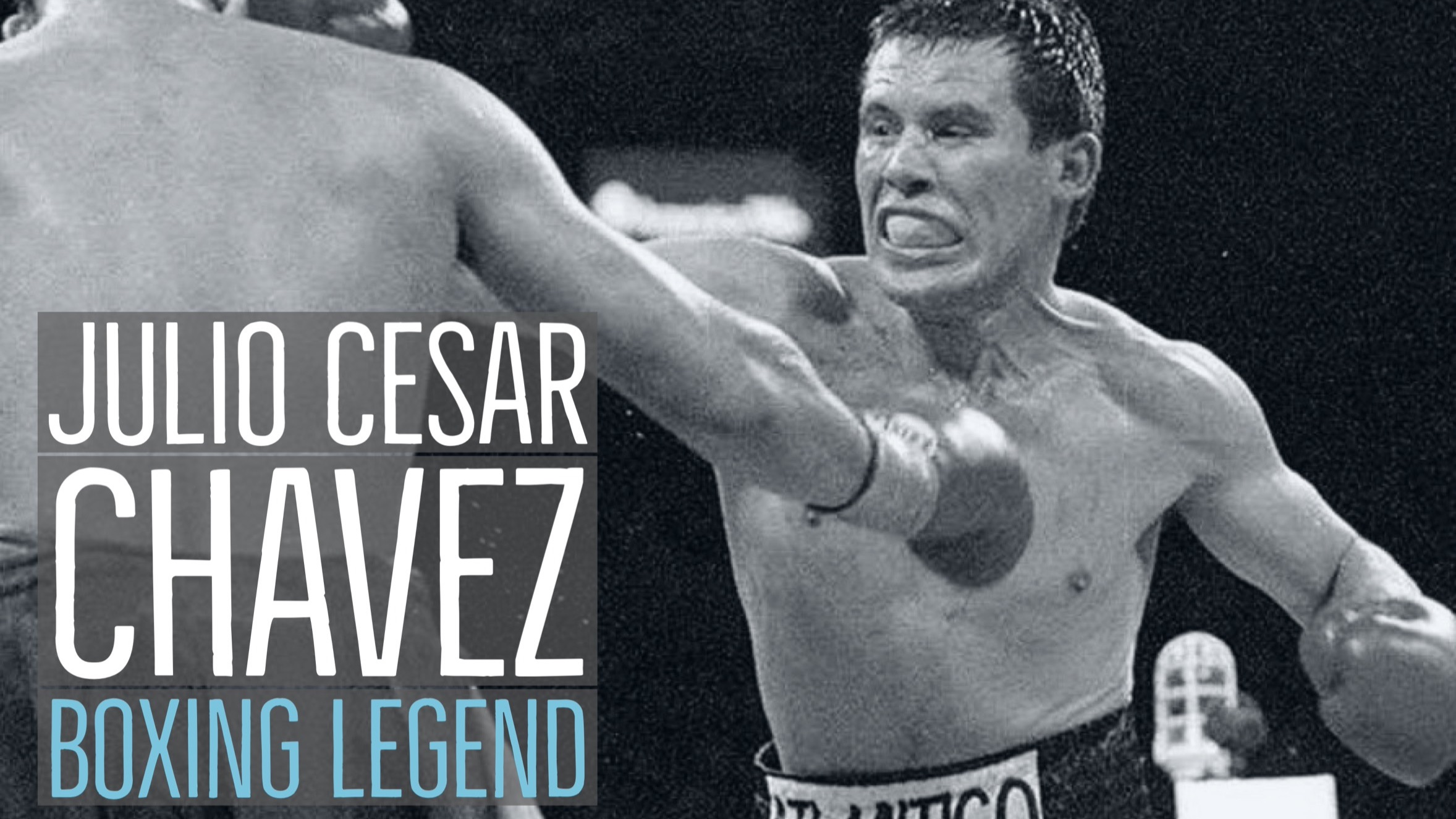
The Legend of Julio Cesar Chavez: A Boxing Icon
Julio César Chávez is more than a name in boxing; he is a symbol of Mexican pride, resilience, and unmatched skill in the ring. With an unparalleled record of 107 wins, 6 losses, and 2 draws, multiple world titles across three weight classes, and a career spanning decades, Chávez has rightfully earned his place among the greatest boxers in history. This article delves into his iconic matchups, rigorous training methodologies, unique physical assets, and enduring legacy.
Iconic Matchups: Defining Moments of Greatness
Chávez’s career was punctuated by legendary bouts that showcased his technical mastery and warrior spirit. Here are five defining fights:
1. Edwin Rosario (1987)
Chávez claimed the WBA Lightweight title with an 11th-round TKO. His relentless pressure dismantled Rosario, showcasing his ability to overpower opponents through both skill and stamina.
2. Meldrick Taylor (1990)
In one of boxing’s most dramatic finishes, Chávez delivered a last-second TKO after a grueling 12-round battle. His resilience and tactical brilliance shone, cementing this as one of the greatest fights in history.
3. Héctor "Macho" Camacho (1992)
Chávez outclassed the flashy Camacho in a unanimous decision, proving his dominance with precision punching and relentless aggression.
4. Greg Haugen (1993)
In front of a record-breaking crowd of 130,000 in Mexico City, Chávez stopped Haugen in the fifth round, a performance emblematic of his connection with fans and his ability to thrive under immense pressure.
5. Pernell Whitaker (1993)
The controversial draw against Whitaker remains debated among fans and analysts. Despite differing opinions, Chávez’s tenacity and ring generalship were on full display.
These matchups highlight not only Chávez’s technical prowess but also his ability to electrify audiences and elevate boxing to an art form.
Chávez’s Training Methodologies: A Blueprint for Success
Julio César Chávez’s dominance was rooted in an unyielding dedication to training, a regimen that built both physical and mental resilience. His approach combined traditional methods with an extraordinary work ethic.
1. Strength and Conditioning
- Functional Strength: Chávez relied on bodyweight exercises such as push-ups, sit-ups, and pull-ups to build endurance and practical strength.
- Explosive Power: Resistance training with weights and bands added explosiveness to his punches.
- Endless Sparring: Chávez honed his techniques with hours of sparring, perfecting his ability to adapt mid-fight.
2. Cardiovascular Endurance
Long runs, sprints, and agility drills were staples in his training. These routines built the stamina to maintain relentless pressure throughout fights, a hallmark of Chávez’s style.
3. Skill Refinement
Daily sessions with speed bags, double-end bags, and shadowboxing sharpened his coordination, reflexes, and timing.
4. Nutrition and Lifestyle
Chávez’s discipline extended beyond the gym:
- Clean Eating: High-protein, low-fat meals (fish, chicken, vegetables) fueled his body without excess weight gain.
- Sobriety: Avoiding alcohol and drugs ensured optimal performance.
His regimen is a testament to how consistency, discipline, and intelligent training build not just champions but legends.
Physical Assets: Chávez’s Natural Gifts
Chávez’s success was not solely due to his work ethic—his physical and mental attributes gave him a competitive edge:
1. Punching Power
With crushing force in both hands, Chávez could change the course of a fight with a single punch.
2. Durability
Possessing one of the greatest chins in boxing history, he absorbed punishment that would crumble most fighters, allowing him to outlast and break down opponents.
3. Conditioning
His unmatched stamina enabled him to maintain relentless pressure, wearing down even the most skilled adversaries.
4. Ring Intelligence
Chávez’s tactical acumen allowed him to exploit opponents’ weaknesses, often adjusting strategies mid-fight to secure victory.
Chávez’s Legacy: Beyond the Ring
Julio César Chávez’s influence extends far beyond his boxing accolades. His career inspired a generation of Mexican fighters, including his sons, Julio César Chávez Jr. and Omar Chávez. More importantly, he embodied values of hard work, resilience, and humility, making him a beloved figure in sports and culture.
Lessons for Aspiring Boxers
- Discipline Is Key: Chávez’s commitment to training and clean living was the foundation of his success.
- Embrace Your Style: Chávez proved that pressure fighting, when executed with precision, is a formula for greatness.
- Mental Fortitude: His ability to remain composed in adversity is a lesson for athletes in any sport.
Final Thoughts
Julio César Chávez’s journey from humble beginnings in Mexico to becoming one of boxing’s all-time greats is a story of perseverance, skill, and determination. His iconic fights, innovative training methods, and indomitable spirit have left an indelible mark on boxing history.
Who do you think is the greatest boxer of all time? Share your thoughts and join the conversation.
References
- Harms, C.A. Julio César Chávez: A Unique Athlete, His Life, and Career. Clin Sports Med, 2009.
- Muñoz, P.M., Esteve-Lanao, J., et al. Physiological and Performance Characteristics of Elite Mexican Boxers. Int J Sports Med, 2014.
- Dufour, W., León-Pérez, G. Julio César Chávez: The Hero and the Myth of Mexican Boxing. Hispanic Journal of Behavioral Sciences, 1997.




